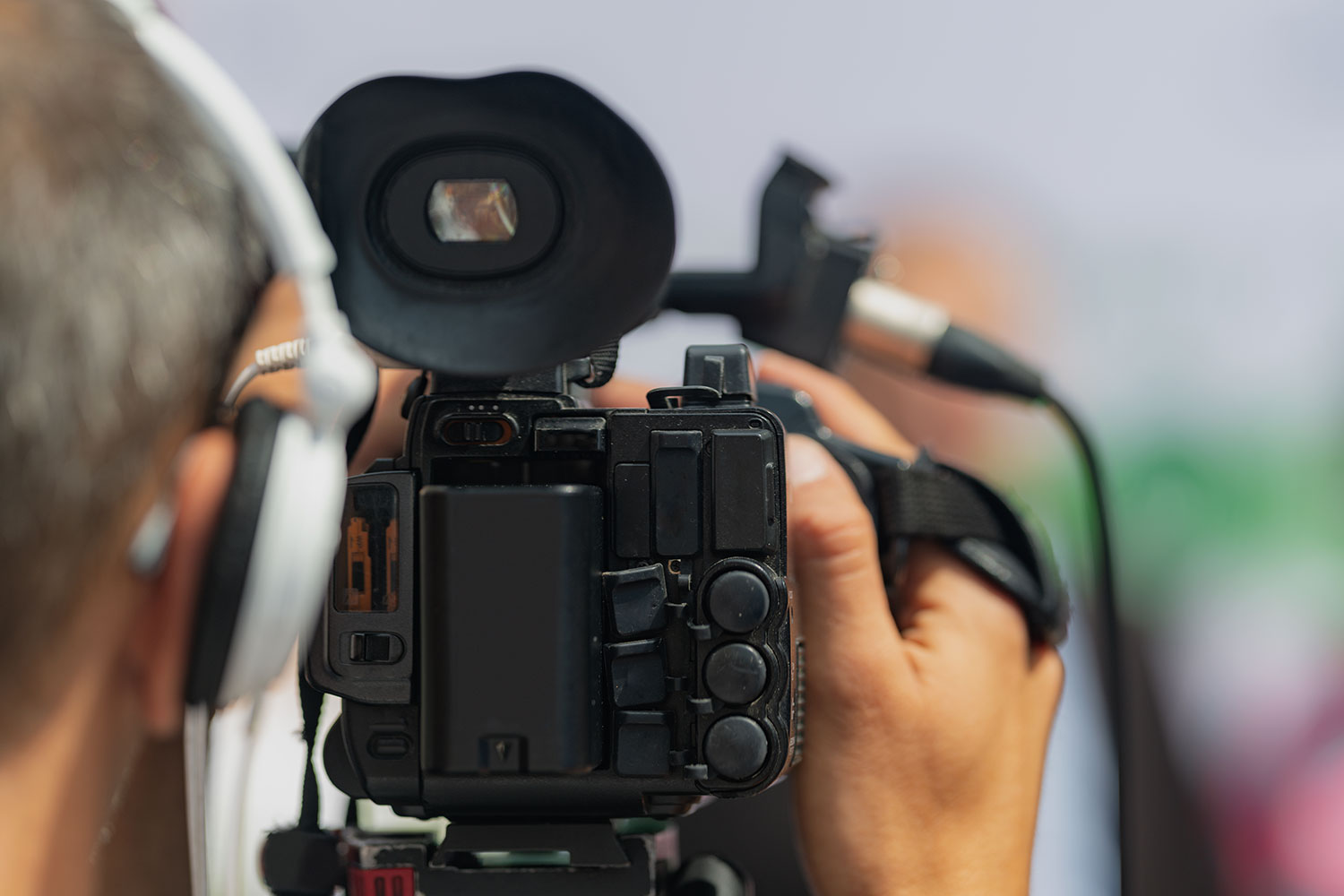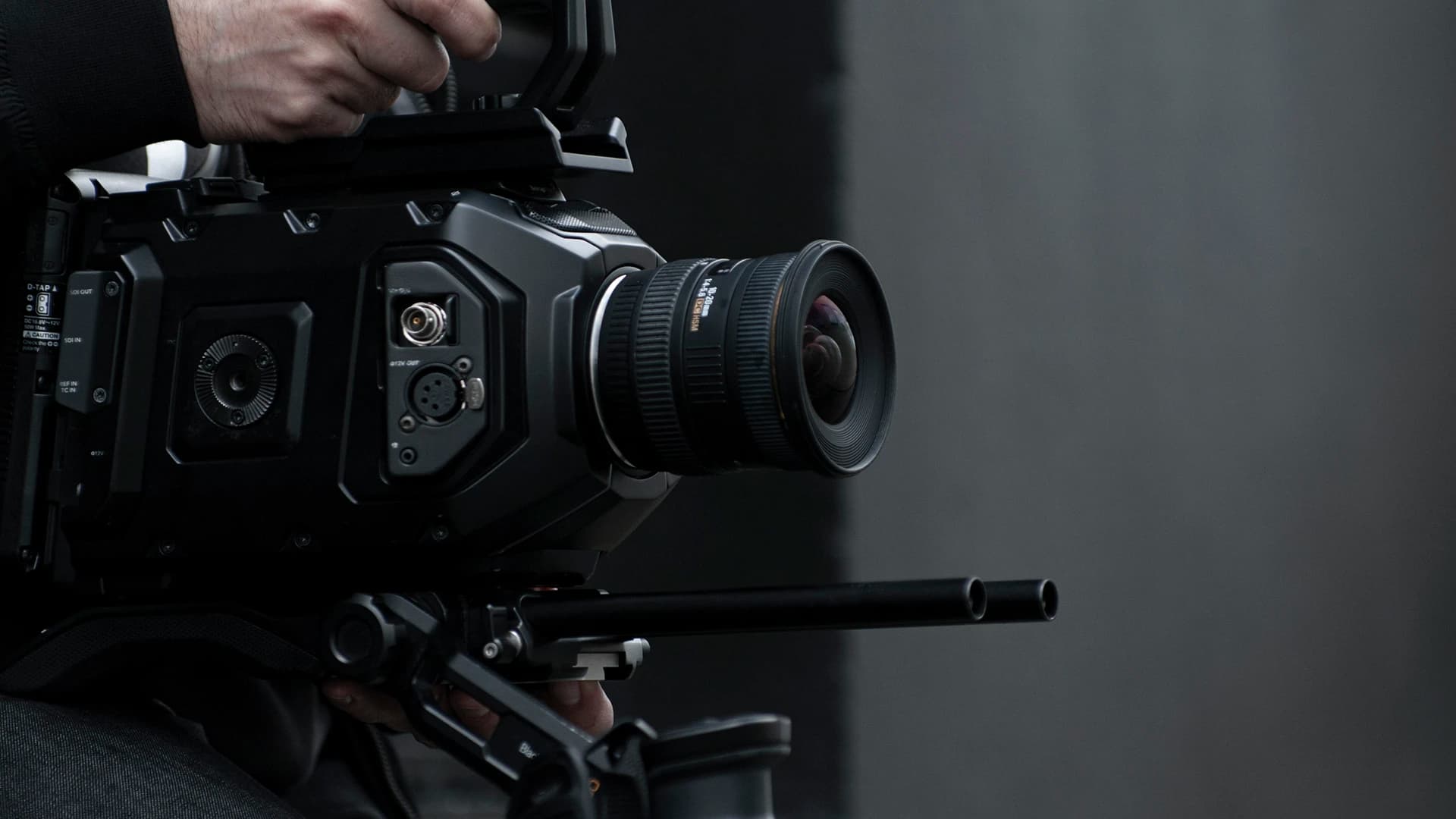Advanced Legal Videography Solutions for Legal Professionals.
Advanced Legal Videography Solutions for Legal Professionals.
Blog Article
Why Lawful Videography Is Necessary for Accurate Legal Record-Keeping
In the world of legal process, the precision of record-keeping is paramount, and lawful videography arises as a vital tool in this context. As we discover the multifaceted advantages of legal videography, one need to consider its implications for the future of judicial stability and transparency.
Importance of Visual Proof
Establishing the value of aesthetic evidence in legal proceedings is vital for ensuring exact record-keeping and boosting the overall stability of the judicial procedure. Visual proof acts as an essential tool in documenting occasions, problems, and various other pertinent information that might be important to a case. Unlike composed accounts, which are vulnerable to analysis and bias, aesthetic recordings offer a purpose, unalterable depiction of truths as they took place.


This type of proof can catch a selection of components, consisting of witness behavior, ecological context, and physical evidence, every one of which may influence judicial results. By offering a clear and detailed aesthetic narrative, legal videography removes ambiguity and helps to protect the credibility of the proof.
In addition, visual evidence can be critical in minimizing conflicts over accurate disparities, as it enables a direct comparison versus testimony and various other documented records. In a period where digital technology is progressively widespread, the capability to present visual evidence efficiently can significantly enhance the total high quality of legal procedures. Ultimately, the unification of aesthetic evidence not just strengthens the paperwork procedure however also strengthens public rely on the judicial system by advertising openness and accountability.
Enhancing Testimony Trustworthiness
The combination of legal videography into courtroom process significantly boosts the reliability of witness testimony. By catching the subtleties of spoken and non-verbal interaction, video recordings give a more extensive depiction of a witness's disposition, feelings, and reliability. This aesthetic documents enables jurors to observe the witness's body movement, face expressions, and general behavior, which are vital components that can influence their assumption of testimony credibility.
Furthermore, lawful videography reduces the possibility for false impression or distortion of testimony that may happen in composed transcripts. Audiences can see and listen to the testament as it existed, ensuring that the context and tone are maintained. This credibility cultivates a greater feeling of trust among jurors, that may be a lot more inclined to believe statement that they can witness firsthand.
Additionally, the visibility of video clip footage can hinder witnesses from providing deceptive or exaggerated declarations, as they understand that their testament is being tape-recorded. This accountability strengthens the honesty of the judicial process. Ultimately, lawful videography acts as a vital tool in guaranteeing that witness testament is not only precisely illustrated but also seen with enhanced trustworthiness by all parties included.
Comprehensive Record Conservation
Comprehensive record preservation is vital for maintaining the integrity of lawful process. Lawful videography works as an important device in this process, giving a precise aesthetic and acoustic account of statements, depositions, and other essential moments in a case. Unlike conventional written transcripts, video clip recordings record the subtleties of body movement, tone, and feeling, which are vital for understanding the context and intent behind statements made during lawful proceedings.

In addition, the ability to assess video evidence allows attorneys to identify essential information that may have been overlooked in written records. By keeping a thorough archive of legal process with videography, regulation firms can maintain the highest possible requirements of precision and responsibility, eventually contributing to a fairer judicial process.
Improving Legal Process
Streamlining legal proceedings is important for enhancing efficiency and minimizing hold-ups within the judicial system. Lawful videography acts as an essential device in achieving this goal by supplying clear and accurate aesthetic documents of court hearings, depositions, and statements. This modern technology allows for real-time recording, ensuring that all verbal and non-verbal signs are caught, which can help with quicker resolution of disagreements.
The combination of videography right into legal processes lessens dependence on standard approaches, such as extensive transcripts, which can be time-consuming to produce and assess. By having actually accessibility to taped footage, attorneys can quickly reference crucial minutes, boosting their capability to prepare and existing cases successfully. This immediacy additionally helps in the clarifying of testimonies, minimizing the potential for misconception.
Additionally, aesthetic documents fosters a more interesting court experience for jurors, helping them to understand complex info extra conveniently. Inevitably, lawful videography enhances interaction among all parties entailed, from attorneys to courts to jurors, consequently promoting a more reliable judicial procedure (legal videography). In an age where time is important, accepting this modern technology is crucial for the important site contemporary legal landscape
Admissibility in Court
Exact documents is essential not only for effectiveness however likewise for ensuring that proof is admissible in court. Lawful videography offers as an important tool in this procedure, providing a trusted aesthetic document of statements, statements, and events.
To be deemed admissible, legal videography has to follow recognized methods, such as proper tools use, proper lights, and clear sound capture. In addition, it is necessary to have certified videographers that understand the lawful needs surrounding proof collection. The chain of Read Full Article protection must also be kept to avoid any type of insurance claims of tampering or alteration.
Moreover, legal videography can improve the persuasiveness of evidence by giving jurors with a straight sight of the testimony, enabling a more engaged understanding of the situation. In recap, the combination of legal videography into record-keeping not just sustains effectiveness yet also strengthens the stability and admissibility of evidence in court process.
Final Thought
Finally, legal videography plays a critical duty in making certain accurate lawful record-keeping by offering unbiased aesthetic documentation. This technique improves the reputation of statements, maintains thorough documents, and improves legal process. Furthermore, the admissibility of premium video evidence in court more underscores its relevance - legal videography. Eventually, the incorporation of legal videography right into the judicial procedure advertises openness and strengthens public count look here on the stability of the legal system.
Report this page